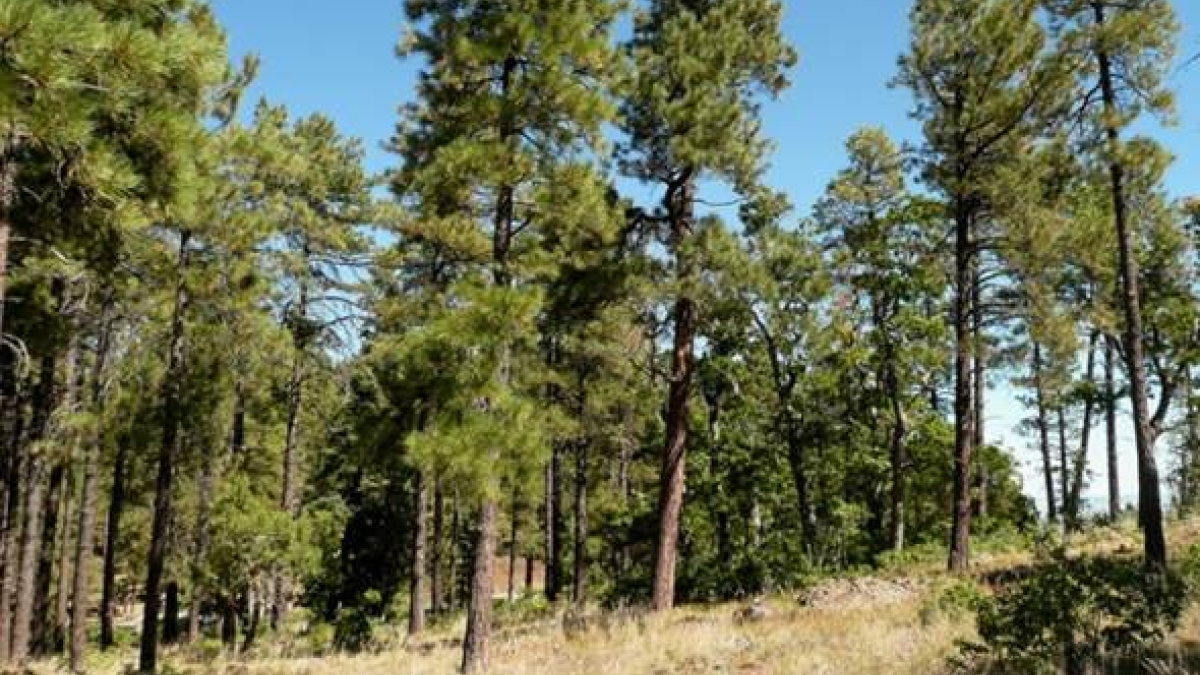ASU study reveals economic benefits of forest thinning

From 2002 to 2011, Arizona lost a quarter of its forests to wildfires, drought and bark beetle infestation. Decreased public funding for forest thinning and the low economic value of small diameter wood has made the state’s forests especially vulnerable to devastating fires and drought.
Arizona State University’s Sustainability Solutions Services (S3) and The Nature Conservancy have published a report indicating forest thinning could return Arizona’s forests to a healthy condition, making them more resistant to environmental extremes, and at the same time, strengthening rural economies.
The report, called “Modeling the Economic Viability of Restorative Thinning,” provides an assessment of possible wood processors and consumers, or “business clusters,” if small diameter wood from northern Arizona was sustainably harvested.
“The Nature Conservancy proposed the study because there was uncertainty about how to attract more business investment to accelerate ecologically sound forest thinning before it’s too late,” said Pat Graham, state director of The Nature Conservancy in Arizona. “These results give us hope that we can once again have healthy forests and communities.”
The services surveyed existing businesses, reviewed current and emerging technologies, and toured forest thinning and small diameter wood product operations in Arizona. A generalized model of a forest product supply chain based on small diameter wood was used to investigate industry scenarios in a variety of forested landscapes.
“Our analysis shows that it is possible to make small diameter wood harvesting economically viable,” said Dan O’Neill, general manager of S3, a consulting service offered by ASU’s Walton Sustainability Solutions Initiatives. “There’s survivability and economic reasons to restore our forests. The market can drive solutions that help rural economies and reduce the need for government subsidies.”
These proposed business clusters would build upon existing investments to accelerate the harvest of small diameter wood to be used in sawmills, which would in turn provide lumber product. Processed wood chips and sawdust would be sold as animal bedding or compressed logs. Slash biomass would become fuel to produce electricity and heat, creating a local source for energy. New businesses would take the government’s place in funding thinning projects.
As Arizona’s forests return to a healthier state, the risk of large, catastrophic fires, erosion and sedimentation of downstream reservoirs will be reduced. Wildlife habitat will be improved, and recreational opportunities will be protected. Healthy forests also produce more water for our rivers and communities.
This is a win-win approach. While Arizona’s economy would grow, the state’s forests would simultaneously become healthier.
Media contact:
Jason Franz, Jason.Franz@asu.edu
480-727-4072

